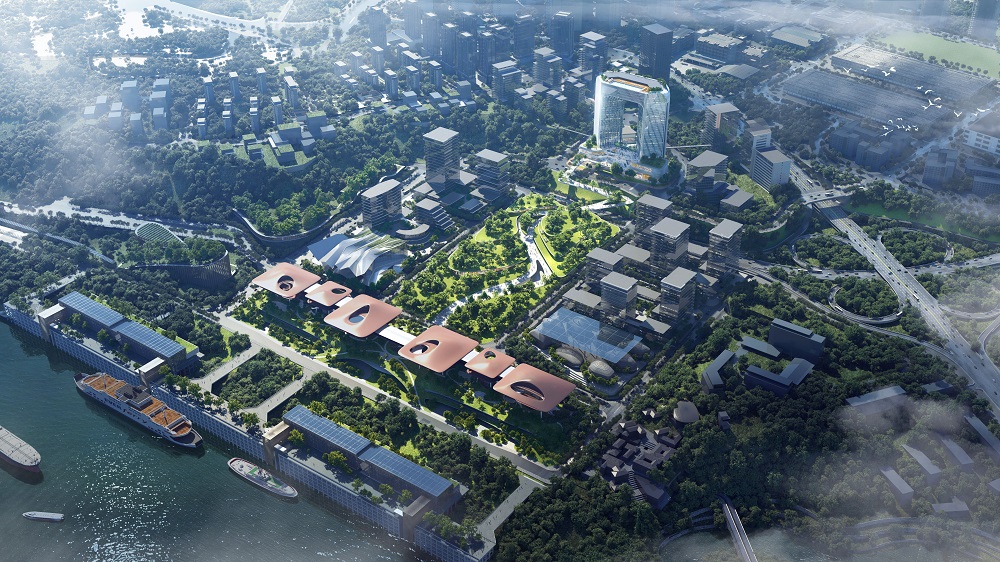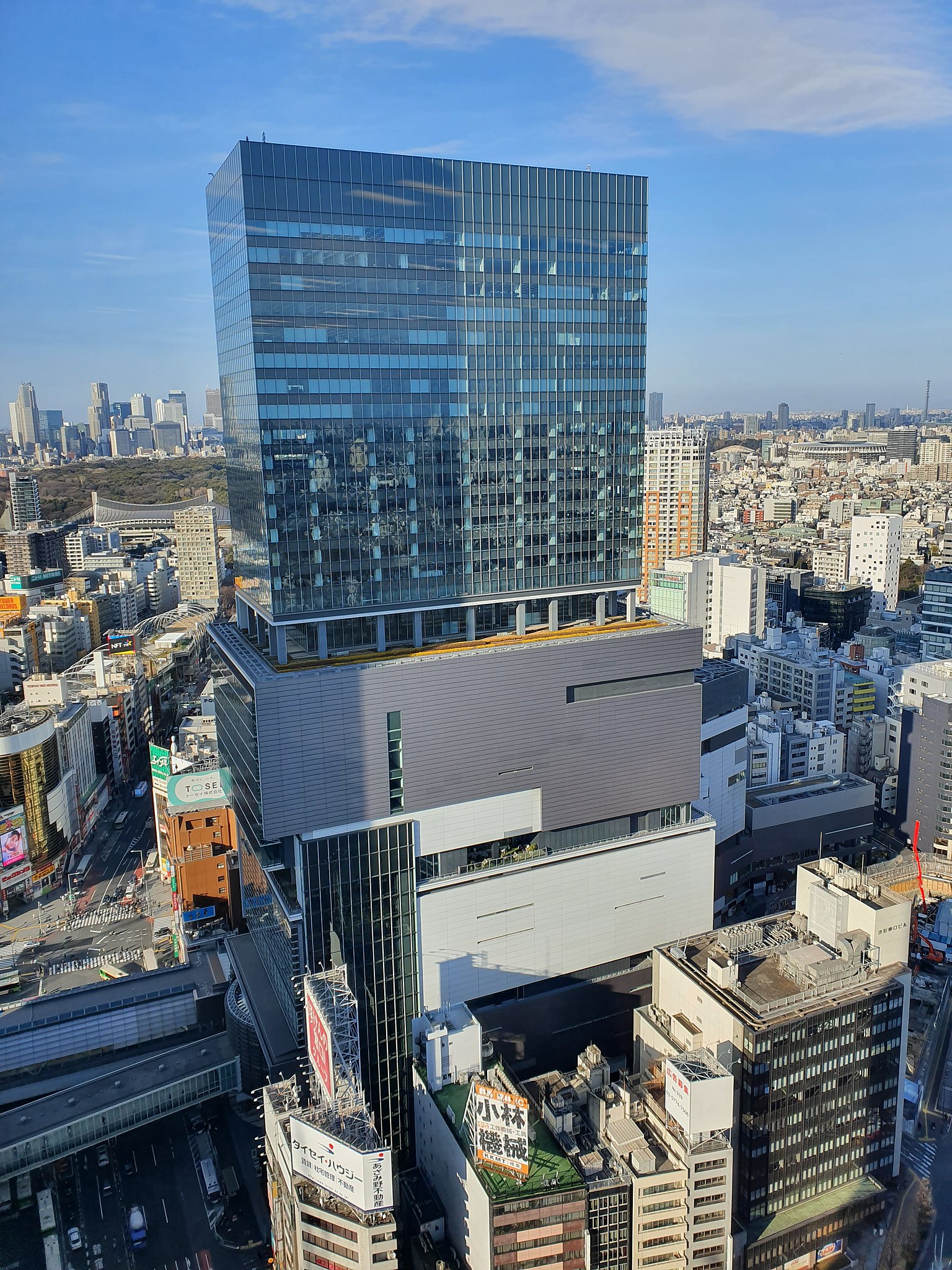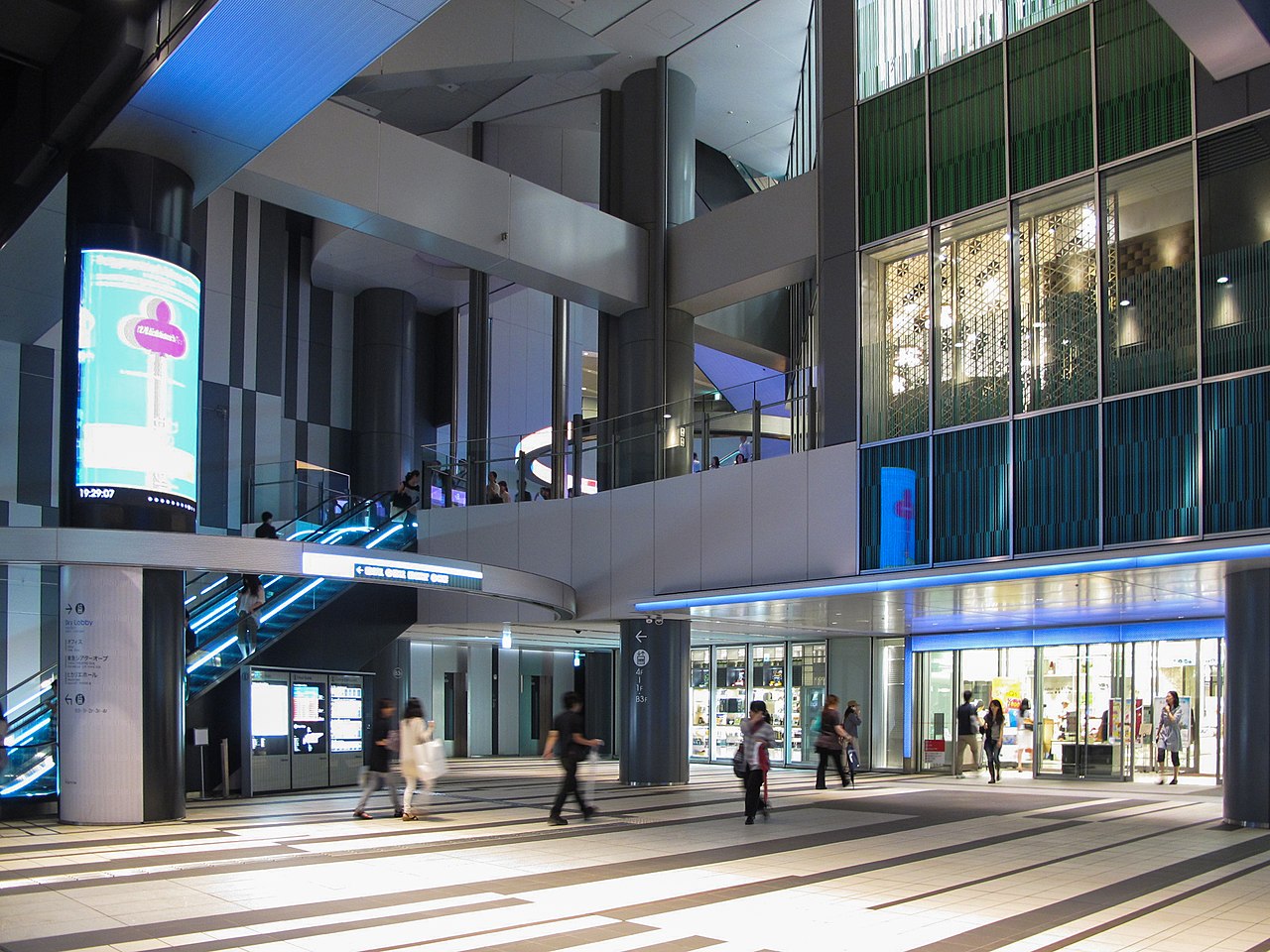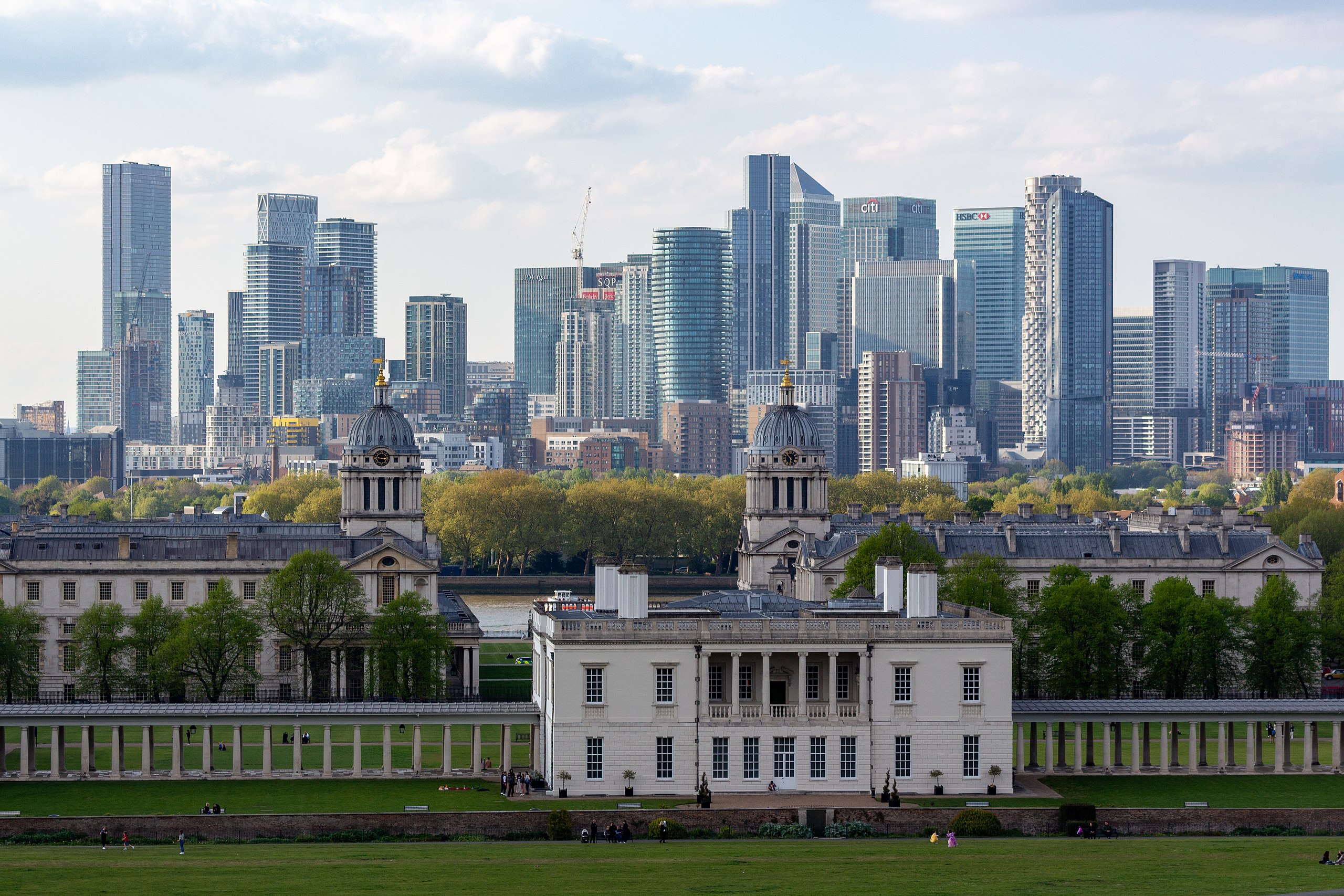Last chance: The 14th Architizer A+Awards celebrates architecture's new era of craft. Apply for publication online and in print by submitting your projects before the Final Entry Deadline on January 30th!
Modern cities face many problems: traffic jams, long-distance commuting, polluted urban environment, isolated communities and more. Urban designs and master planning have not had the foresight to prepare older cities for the coming centuries, and there are so many uncertainties ahead. For many who have tried to envision more adaptable cities, the resulting designs can be perceived as too avant-garde or would cost an untenable amount of money to realize.
Problematic Cities
Nowadays, many megacities are developing faster than when they were planned in the first place. As a result, roads have become too narrow, and parking lots are not large enough, yet the urban environment is unpleasant due to traffic and air pollution. Traffic jams and long-distance commuting consume people’s energy and endanger citizens’ health.
In those areas without dense populations, small blocks and towns keep expanding across the land and pushing the edge of the built environment into the natural landscape. Destinations have become far from each other that cannot be reached without using a car. Community connection is also diluted by distance.
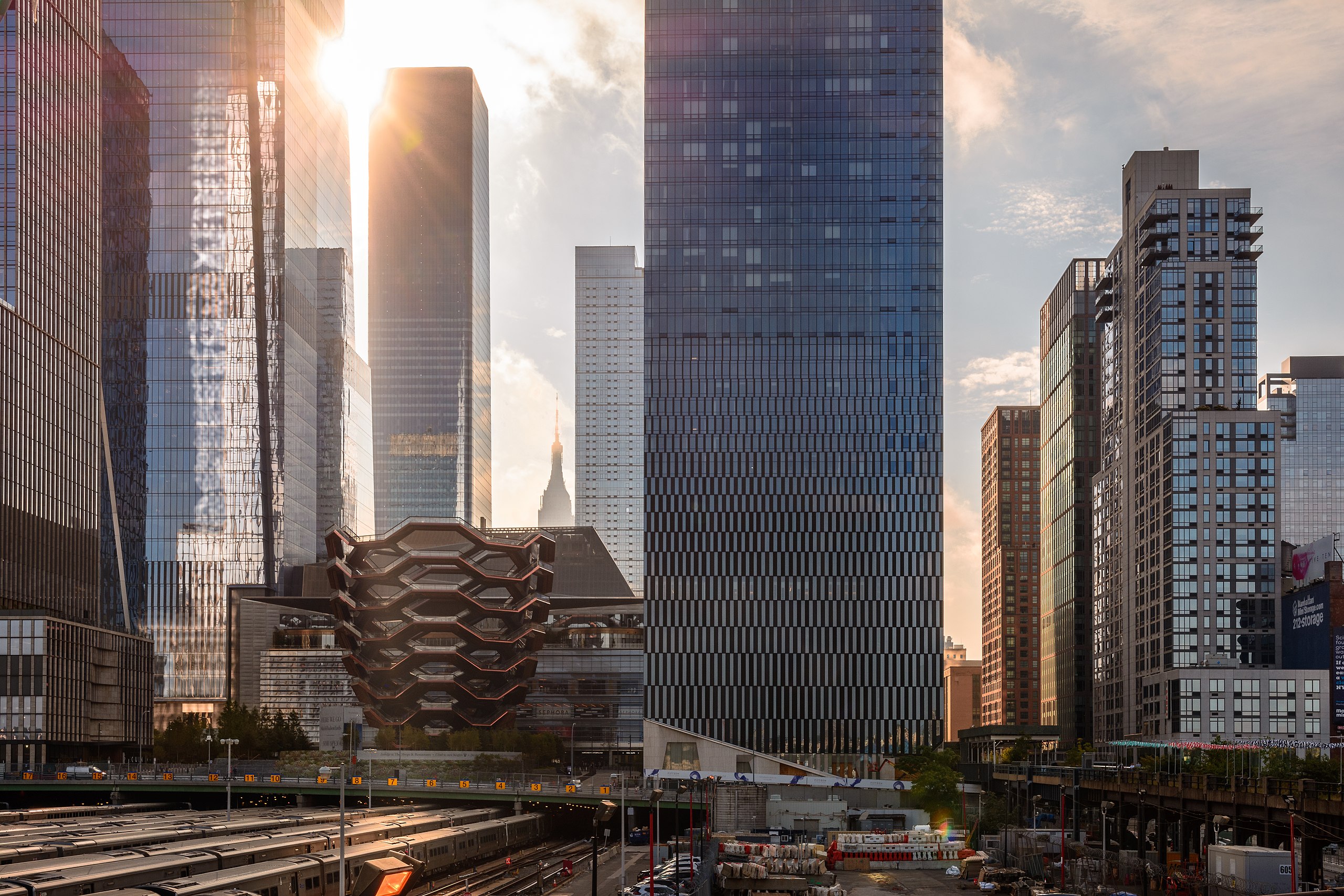
dconvertini, Fifteen Hudson Yards and Vessel, CC BY-SA 2.0
TOD: The Solution To Today’s Urban Issues?
Transit Oriented Development, or TOD, is becoming more and more the topic and direction when designing or redesigning urban areas. If well executed, it is a way to sustainable and efficient urban development. Ideal TOD organizes residential, commercial, recreational, educational spaces and more needed for everyday life around major transits. They form massive multi-layer complexes that are compact in a logical way.
TOD not only builds complexes with immediate access to transport hubs. The horizontal and vertical layouts of functional areas need to be based on the transport system so that all functions are easy to access by public transport, walking or cycling.
Ultimately, all daily traveling should be within sensible time frames without using private vehicles. By maximizing the use of public transport instead of cars, TOD aims for an urban environment that is less polluted, pedestrian-centric and sustainable. The more ideal the concept sounds the more difficult it might be in a practical scenario. So, does TOD actually work well?
Shibuya Hikarie, Tokyo
Tokyo has a dense population and complex public transport system. For years, the city has been developing transport-proximate and transport-oriented projects. Shibuya Hikarie is slotted into one of Tokyo’s most busy districts, Shibuya. Completed in 2012, It is nearly 600 feet tall and has over thirty stories.
Sitting right next to the transport hub of Shibuya, the complex Hikarie has direct access to seven different metro/train lines within it. Outsides the complex, multiple shopping centers are only a few minutes away and there are around ten more stations within 1 mile.
The lower ten levels of the complex form also a shopping center with restaurants and cafes. On top of the shopping and dining areas are activity spaces, a theater and offices. Although not accommodating residential units, the public transport system can take people to many off-center residential districts within half an hour.
Canary Wharf, London
The site was quite limited for Shibuya Hikarie and not everything can be included within the same complex. Compared to that, a more ambitious example is Canary Wharf in London. Unlike Hikarie, Canary Wharf used to be a dockland and is a few miles away from very central London. Three different metro/train lines cross the estate of around 100 acres, transporting people from and to central London within half an hour.
In the past thirty years, the project developed into a massive community that is almost like a mini city isolated from London. Numerous skyscrapers house expensive offices and residential units. Shopping centers, markets, parks and hotels can also be found here. It is possible to not step out of the estate for everyday living.
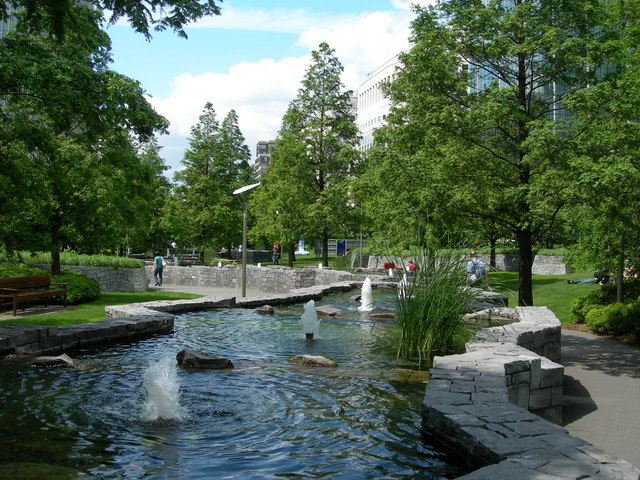
Danny Robinson, Jubilee Park, Canary Wharf – geograph.org.uk – 440241, CC BY-SA 2.0
Projects of such scale are realizable in areas that have not been massively developed, like Canary Wharf. Although they help alleviate the density of old city centers, the fact of being new and away runs the risk of making them more isolated. To avoid isolation, connectivity between developments becomes the key.
In the case of redesigning a site in already saturated city centers like Shibuya, incorporating changes to existing facilities is more important than attempting to include as many functions as possible. Both examples demonstrate to us the key idea of TOD, which is to utilize the spaces on top of and around public transport nodes.
TOD relies on convenient public transport, diverse land use and walking-distance living circles. It still seems the desired solution that can lead us to a sustainable city structure. We should all be clamoring to plan and make our cities transit-oriented, before it is too late.
Top image: Chongqing Cuntan Cruise Terminal TOD by Aedas, Chongqing, China
Last chance: The 14th Architizer A+Awards celebrates architecture's new era of craft. Apply for publication online and in print by submitting your projects before the Final Entry Deadline on January 30th!
